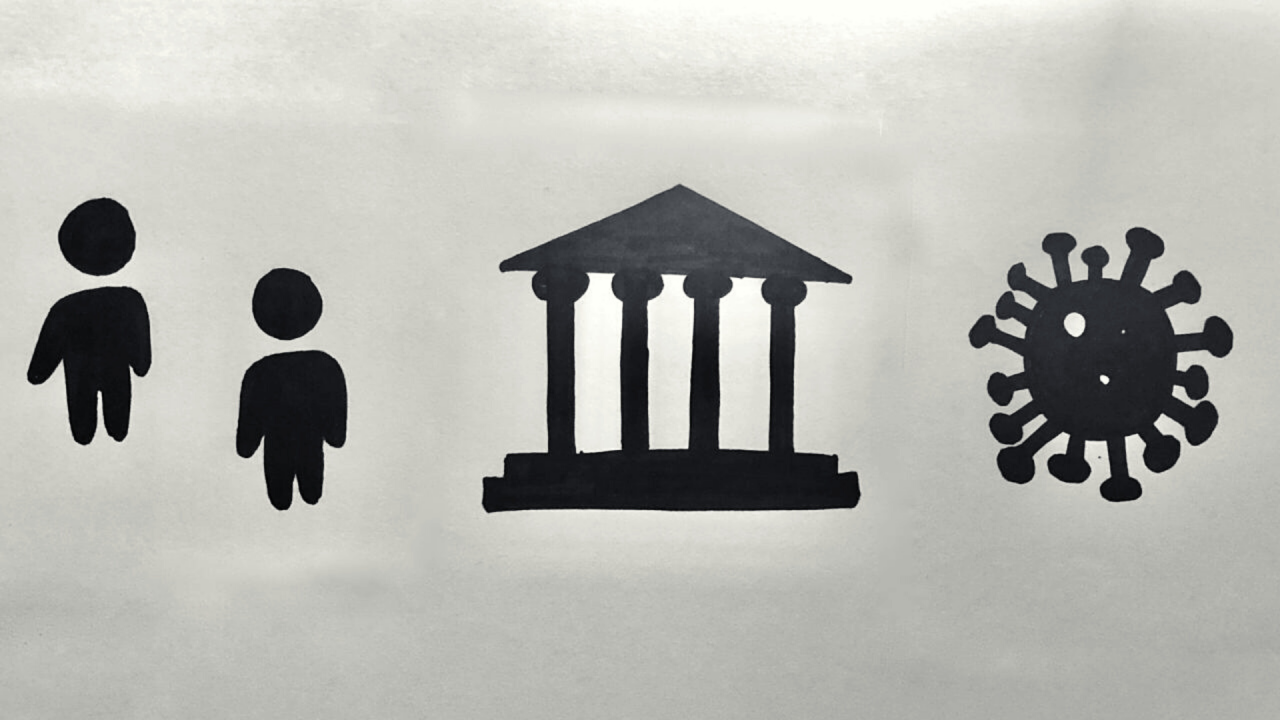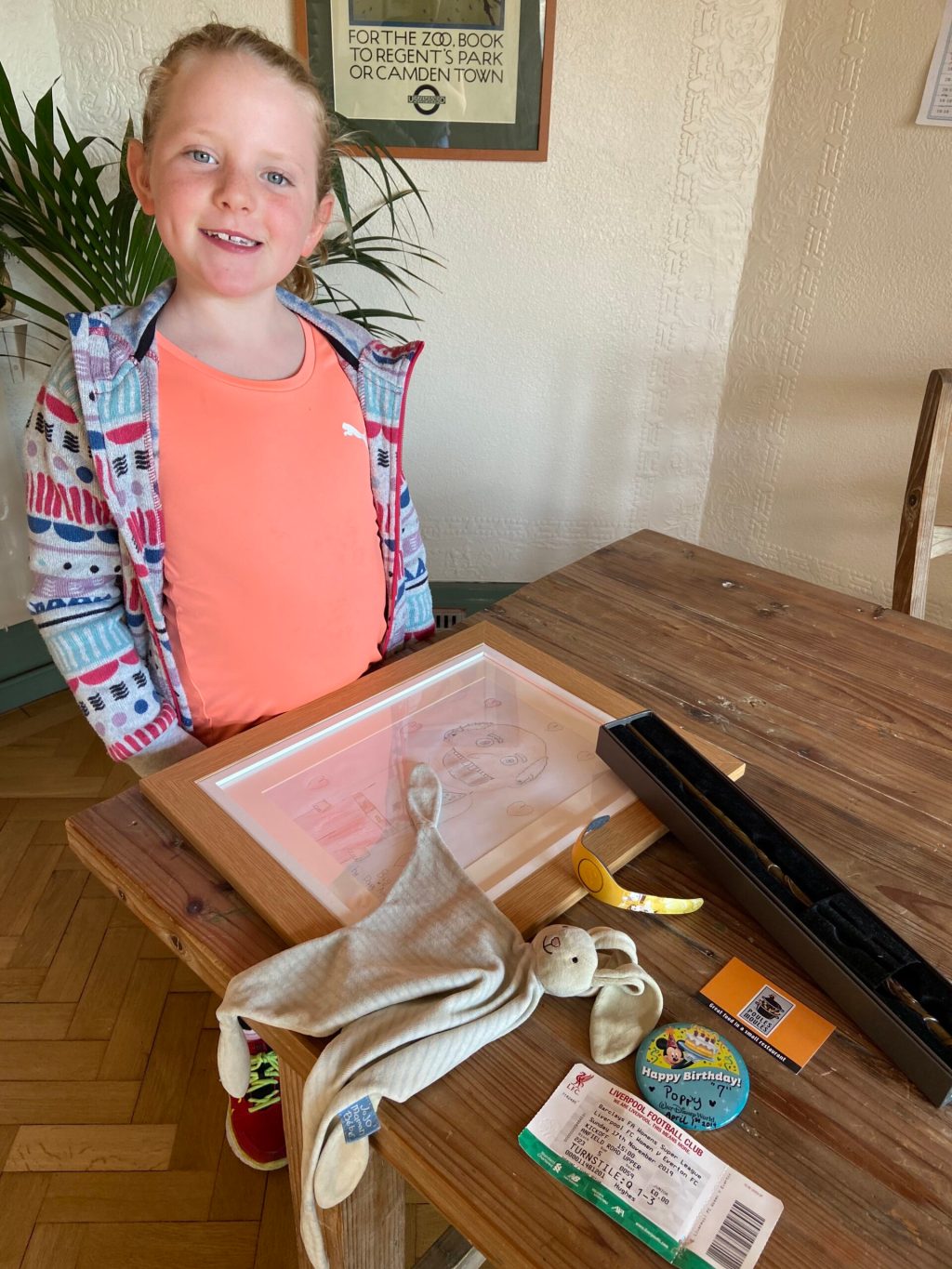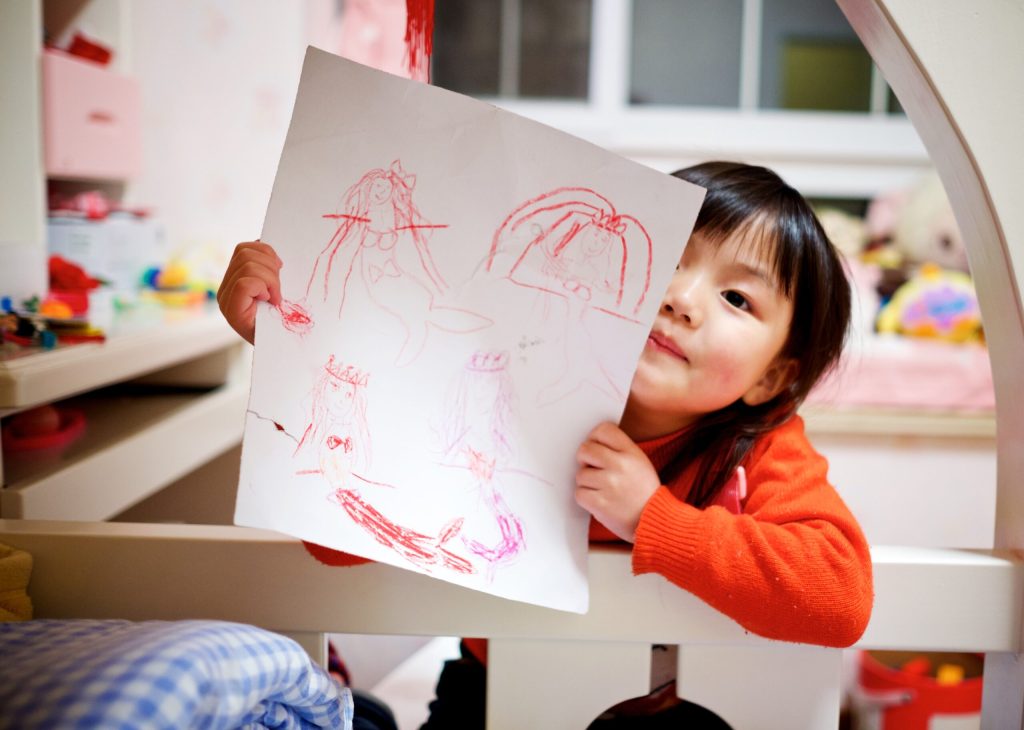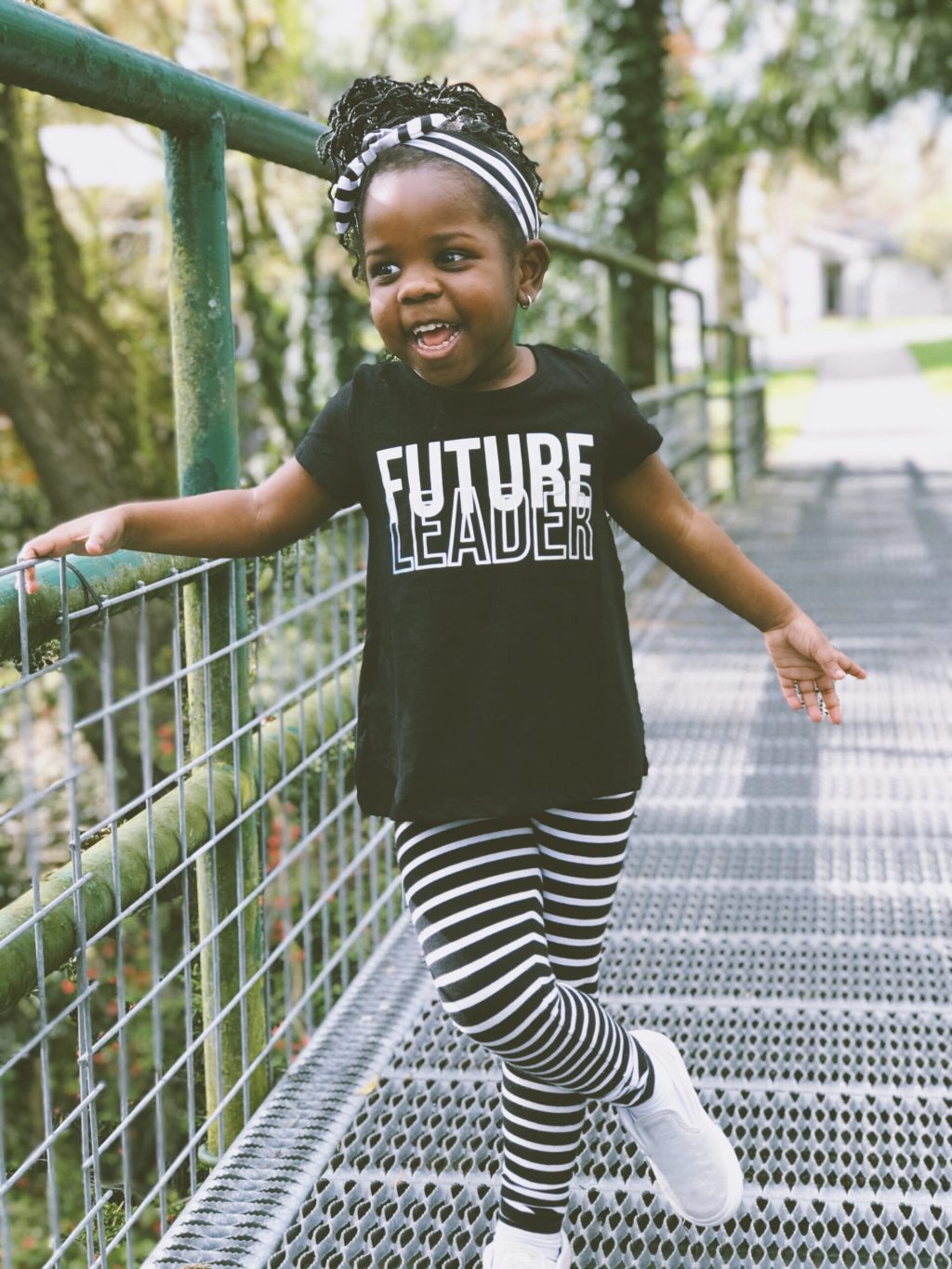
While physical museums are facing an uncertain future, virtual museum visitorship is booming. The Louvre’s web traffic has increased tenfold to four hundred thousand visits a day, and New York’s Metropolitan Museum of Art reports an elevenfold uptick in visits to #MetKids, its youth education initiative.
This forced quantum leap into virtual visitorship intersects powerfully with young people’s preferred technologies, enabling them to participate more prolifically and publicly in museum programming than ever before. As a result, I argue, a new critical children’s museology is emerging at the forefront of virtual museological practice. As I define it, children’s museology refers to the production of museum content and programming not just for or about children, but also by and with children in ways that engage them as valued social actors and knowledge-bearers.
Why Are Children Important?

Children make up almost 23 percent of the population in the US, and almost 30 percent in the world, but they are often treated as blank screens upon which adults cast their own values, hopes, and fears—as often seen in societal debates about them. As childhood studies scholars and children’s rights advocates have argued for decades, children must instead be seen as active in the construction and determination of their own social lives and the societies in which they live. Within households, for instance, children require care, but they also contribute significant emotional and physical labor. Children are observant and reflective, and, like adults, have ideas and experiences that can productively inform efforts toward social change. They hold a great deal of knowledge—not least about themselves and other children, and the circumstances of childhood in their historical moment and cultural location. However, much of this knowledge is not valued or recognized as such by adults.
Similarly, while much has been written about the importance of museums for children, the reverse is also true: children are important for museums of all kinds. They are one of the main motivations behind family visits to these safe, typically spacious sites of learning and wonder, and museums should welcome and value their youngest visitors if they wish to remain popular destinations. School groups make up a varying but significant portion of most museums’ annual visitorship, and, when facilitated well, can lay important groundwork for cultivating a lifelong love of museums in future adults. Moreover, museums that successfully cater to children’s needs and interests are often more relevant, successful, engaging, and accessible to adults as well. As Hindley, Raso, and McGettigan explain in another post on this blog, “By serving young audiences, museums also stand to better serve their communities and create more robust experiences for visitors of all ages.”
Children’s Participation in Museum Programming: Recognition, Opportunity, and Engagement

As a result of the COVID-19 virus, schools and daycares around the world have closed their doors, and unprecedented numbers of children are learning from home. Museums are helping to fill the gaps, offering an abundance of virtual programming and educational resources to support home-based learning and play. Some standard forms have emerged: downloadable line-drawing coloring pages, workshops and instructions on how to create imitative art and craft inspired by specific (adult) artists or artworks, sing-alongs led by adult musicians, and scientific demonstrations conducted by adult scientists.
While these online materials for children are vast, they largely offer activities and resources for children, designed by adults. This approach is certainly not without value, but it reproduces a traditional top-down approach of interacting with children, a power dynamic in which adults hold most of the authority and set the terms of engagement. It misses an opportunity to explore content and programming by and with children, who may have unique contributions to make drawing from their own expertise, capabilities, and capacity for creativity and innovation.
This is where a new critical children’s museology comes in. Grounded in a child-centered approach, it stands to offer a more critical component to contemporary museological practice, in at least two senses of the word: critical as in grounded in critique of the adult-dominated status quo, but also critical as in crucial to engaging with children as valued social actors and knowledge-bearers.
A few powerful models that provide more space for children to exert their own agency are worth noting. Diverging from traditional adult-created coloring pages, the Museo Universitario de Arte Contemporáneo in Mexico City recently posted an open call for children’s black-and-white drawings to be compiled in a free, online coloring book that can be downloaded and printed. Hosted by the Museum of Contemporary Art Chicago, Wisdom Baty’s “Like Me! A Culturally Relevant Contemporary Art History Workbook for Children” prompts elementary schoolchildren to record their own interpretations of art from the collection in ways that reflect their individual and cultural identities and experiences. Responding to the crisis of ongoing anti-Black violence and racism in the US and the world, the Sugar Hill Children’s Museum of Art and Storytelling in Manhattan is hosting a virtual “Children’s Art Exhibition for Justice” to commemorate one of the earliest civil rights marches, the Silent Protest Parade of 1917. And the National Museums of Liverpool’s “My Home is My Museum” initiative invited children between four and eleven years of age to curate exhibits from their personal collections of objects and artwork at home that represent their lives, and submit their exhibit title, curatorial statement, poster, and promotional video online.
Children’s Contribution to Museum Collections

Engaging children as participants in online museum programming is not the only area of growth, however. Creative and inspiring prompts, models, and instructions abound, but what will become of the profusion of artistic representations, reflections, and insightful interpretations of the pandemic that virtual museum programming has prompted? While several museums have announced new collecting initiatives that aim to document and preserve the pandemic as it unfolds in real time, few have explicitly solicited contributions from children and youth that have the capacity to reflect their unique experiences of the pandemic. Recognizing the value of children’s perspectives, experiences, material culture, and cultural production is critical for a new critical children’s museology to take root.
Some strong models do exist. For example, the Niagara-on-the-Lake Museum has launched a guided journaling initiative for kids quarantined at home in the form of free, printable workbooks. The books are designed to provide an inspiring outlet for young people to document their feelings and experiences in the form of illustrations, comics, memes, poems, lists, scrapbooks, and short essays that can later be submitted to the museum’s archives. Prompts include specific questions about everyday life, special events, challenges, hopes, fears, family life, school, friendship, and understandings of the pandemic and its repercussions. The Huron County Museum is also actively collecting children’s reflections on their experiences of the COVID-19 pandemic and its effects on the lives of those living in Huron County. A third model may be found in the Seattle Art Museum’s support of their Teen Arts Group designed to “cultivate the voice and leadership of diverse young people who share their passion for the power of art to build community.” The youth created their own online zine titled “Peering Through the Looking Glass: Youth Artists Connect and Reflect on COVID-19,” which contains provocative artwork representing their perspectives on and experiences of recent changes brought about by the virus. The zine has been showcased on the museum’s website, where it is available to all in digital form.
Toward a New Critical Children’s Museology

Such initiatives offer powerful platforms for children and youth to represent themselves and be noticed, but more work is needed for a new critical children’s museology to blossom. As public engagement with museums continues to rise, how might institutions create more reciprocal forms of engagement with children and youth in ways that share authority and allow young people to contribute in more active and agentive ways?
Also, we must remember these recent initiatives best serve those with high quality online access, and real disparities perdure in cyberspace. Though it is beyond the scope of this post, we need to learn more about who is—and isn’t—able to access museums’ online content if we care about inclusive participation.
Children are keen observers, skilled innovators, creative producers, full-time learners, and important contributors to their households and communities. Taking them seriously by engaging with them as contributors of content and programming will provide a richer, more insightful archive for future generations. It will also enliven and improve online materials, while promoting diversity and inclusion in museum institutions and society at large. Such a move has the potential to radically transform museums by helping to further democratize all aspects of museum content and practice. The time for children to join the ranks of museum communities as valued contributors to content and programming is past due.
About the author:
Monica Eileen Patterson is the Assistant Director of Curatorial Studies in the Institute for the Comparative Study of Literature, Art, and Culture at Carleton University in Canada.








I appreciate the idea of children creating their own collection for an exhibition.. things they have in their home and what the object signifies. Would be wonderful to see their ideas. So many good ideas in this article.
Monica, thank you for bringing together this information about some of the ways of engaging children’s thinking and ideas in creating museum experiences for them—especially around the pandemic. Our conceptualization of children has been changing. Increasingly, we view children as thinkers and as creators of knowledge and content—not only as consumers of others’ ideas and creativity. In recognizing their capabilities and valuing their perspectives, we begin to find ways to invite their input, listen to them, reflect on and learn from their observations, ideas, and play. Learning with and from children expands possibilities for us all.
Thank you for this informative and inspiring article. I really appreciate all the fantastic ideas and links included. Excited to share this with my student museum educators!
Great ideas and thanks for sharing them. Do you have any examples of history museums that are doing programs designed/driven by children?